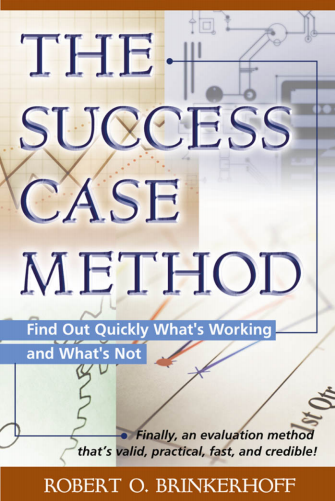
Organizations today are in a constant struggle to renew themselves and their processes, continuously trying out new ways of being more effective and competitive. People at all levels are faced with an endless parade of new technology, new ways of organization, new tools, new methods, new training programs, new jobs, and so on.
How successful these innovations will be is anyone’s guess, but what is always known is this: Some parts of these new initiatives will work some of the time with some of the people; other parts will work barely at all. Some people will experience success, and others will be frustrated and fail. Almost never will any of these changes work perfectly well with everyone. On the other hand, it is also unlikely that these changes will be a total failure—someone, somehow, will make at least some of them work. Those whose job it is to make them work have a daunting challenge. They must have some ways of finding out—as quickly and easi- What Is the Success Case Method and How Does It Work? 3 ly as possible—which things are working and which are not; what parts of new innovations are working well enough to be left alone, which need revision, and which should be abandoned. The Success Case Method (SCM) is designed to confront and leverage this reality. The partial success of a new initiative, no matter how small it is or how few are able to make it work is, nonetheless, success, and success is what we are aiming for. The SCM searches out and surfaces these successes, bringing them to light in persuasive and compelling stories so that they can be weighed (are they good enough?), provided as motivating and concrete examples to others, and learned from so that we have a better understanding of why things worked, and why they did not. With this knowledge, success can be built on and extended; faltering efforts can be changed or abandoned, and premising efforts can be noticed and nurtured.